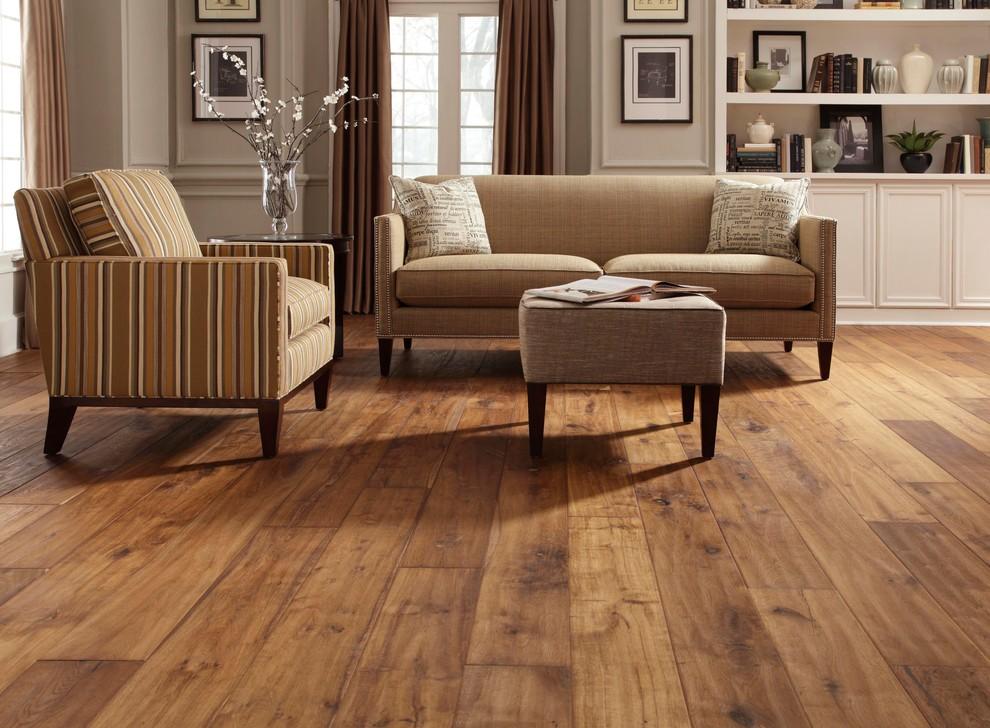Flooring Market Innovations: New Materials and Technologies

Introduction
The flooring market is undergoing rapid transformation, driven by advancements in materials and cutting-edge technologies. Consumers and businesses are seeking flooring solutions that offer durability, sustainability, and aesthetic appeal. Innovations in smart flooring, eco-friendly materials, and digital printing technology are reshaping the market landscape. This article explores the latest innovations in the flooring industry and their potential impact on market growth.
Emerging Flooring Materials
1. Sustainable and Eco-Friendly Materials
Environmental concerns have led to the development of flooring materials that minimize carbon footprints. Some of the latest sustainable flooring options include:
-
Bamboo Flooring – A rapidly renewable resource that offers strength and durability similar to hardwood.
-
Cork Flooring – Provides natural insulation, sound absorption, and antimicrobial properties.
-
Recycled Wood and Plastic Flooring – Repurposing waste materials into high-quality flooring solutions.
-
Bio-Based Vinyl – A non-toxic alternative to traditional vinyl flooring that reduces reliance on petroleum-based materials.
2. Luxury Vinyl Tile (LVT) and Rigid Core Flooring
LVT continues to gain popularity due to its versatility and aesthetic resemblance to natural materials. The introduction of rigid core flooring, such as stone plastic composite (SPC) and wood plastic composite (WPC), has enhanced durability, water resistance, and ease of installation.
3. Self-Healing and Scratch-Resistant Flooring
Innovations in polymer science have led to the creation of self-healing flooring materials that can repair minor scratches and dents over time. These solutions extend the lifespan of flooring, reducing the need for frequent replacements.
Technological Innovations in Flooring
1. Smart Flooring Systems
Smart flooring integrates sensors and IoT technology to enhance functionality in residential and commercial spaces. Some key applications include:
-
Motion-Sensing Floors – Detects movement to improve security and energy efficiency.
-
Pressure-Sensitive Flooring – Used in healthcare and retail spaces to track foot traffic and monitor patient mobility.
-
Temperature-Regulating Floors – Features embedded heating and cooling elements to maintain optimal indoor temperatures.
2. 3D and Digital Printing Technology
Advanced digital printing techniques have revolutionized flooring design, allowing for highly detailed and customizable patterns. This technology enables manufacturers to replicate natural textures like wood and stone at a lower cost while maintaining superior durability.
3. Waterproof and Antimicrobial Flooring
Flooring manufacturers are incorporating antimicrobial coatings and waterproof technology to enhance hygiene and longevity. These features are particularly beneficial in healthcare facilities, commercial kitchens, and high-humidity environments.
4. Modular and Interlocking Flooring Systems
The demand for flexible and easy-to-install flooring solutions has led to the rise of modular systems. Interlocking tiles and planks allow for quick replacement of damaged sections, reducing maintenance costs and improving convenience.
Market Impact and Future Outlook
Innovations in flooring materials and technology are driving significant market growth. As consumer preferences shift toward sustainability, durability, and smart functionality, manufacturers must continue investing in research and development to stay competitive. The future of flooring will likely see further advancements in self-repairing materials, energy-efficient flooring solutions, and AI-driven smart flooring systems.
Conclusion
The flooring industry is embracing a new era of innovation, where technology and sustainability intersect to create smarter, more durable, and aesthetically pleasing solutions. With ongoing advancements in materials and digital integration, flooring manufacturers have vast opportunities to redefine industry standards and meet evolving market demands.
- Art
- Causes
- Crafts
- Dance
- Drinks
- Film
- Fitness
- Food
- Games
- Gardening
- Health
- Home
- Literature
- Music
- Networking
- Other
- Party
- Religion
- Shopping
- Sports
- Theater
- Wellness


